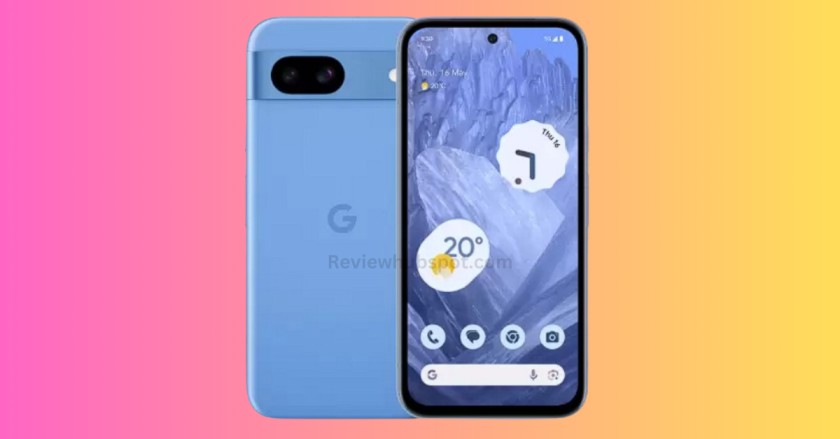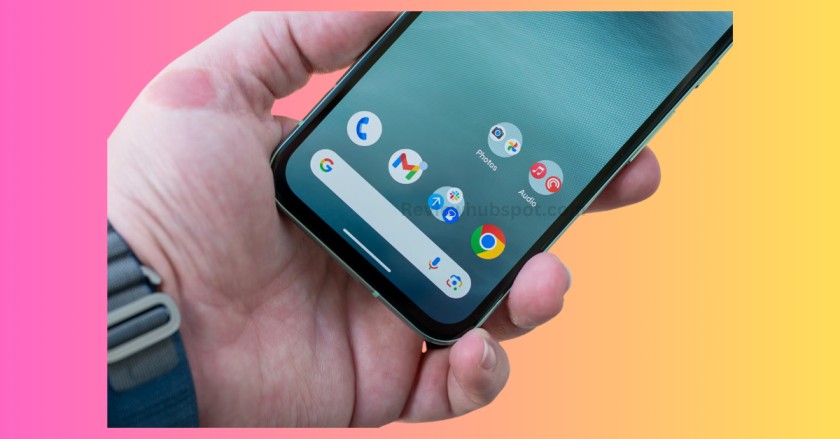Google Pixel 8A Review, Pros and Cons
When it comes to smartphones, Google has built a stellar reputation for delivering top-notch devices with seamless software and exceptional cameras. With the release of the Google Pixel 8a, the brand sets its sights on dominating the midrange market. In this comprehensive Google Pixel 8a review, pros and cons are laid bare, uncovering its features, strengths, and potential drawbacks. Dive in to see if the Pixel 8a is the perfect fit for your needs or just another contender in a crowded space!
Introduction to the Google Pixel 8a
The Google Pixel 8a is the latest iteration of Google’s affordable smartphone lineup. Known for combining premium features at a lower price point, the Pixel “A” series has often been a favorite among tech enthusiasts and casual users.
The Pixel 8a promises better performance, an upgraded camera system, and improved battery life—all wrapped in Google’s minimalist design language. But does it truly live up to the hype?

Key Features of Google Pixel 8a
Before diving into the review, let’s glance at the standout features of the Pixel 8a:
| Feature | Details |
| Display | 6.1-inch OLED, 120Hz refresh rate, FHD+ resolution |
| Processor | Google Tensor G3 chip |
| Cameras | Dual rear cameras (12.2MP wide + 12MP ultra-wide), 8MP front camera |
| Software | Android 14 with Pixel-exclusive features |
| Battery | 4500mAh with 18W wired and wireless charging support |
| Build Quality | Polycarbonate body with IP67 dust and water resistance |
| Price Range | Around $449 (depending on region and carrier offers) |
Design and Build Quality
Google has retained its signature design aesthetic for the Pixel 8a. It features a smooth polycarbonate body with a matte finish, making it lightweight and comfortable. While some prefer a more premium glass or metal back, the plastic body adds durability and keeps costs low.
The phone comes in three refreshing colors: Sea Blue, Charcoal Black, and Soft Sand. Its IP67 rating ensures protection against dust and water splashes, a welcome addition at this price range.

Pros:
– Lightweight and ergonomic.
– Attractive color options.
– Water and dust resistance.
Cons:
– Plastic build feels less premium.
– Prone to minor scratches without a case.
Display: Crisp and Fluid
The Pixel 8a boasts a 6.1-inch OLED panel with FHD+ resolution and a buttery-smooth 120Hz refresh rate. The display produces vivid colors, deep blacks, and excellent contrast, making it ideal for binge-watching shows, gaming, or general browsing.
The adaptive refresh rate adjusts based on usage, ensuring smooth scrolling while saving battery life during less demanding tasks.
Pros:
– Stunning OLED display with vibrant colors.
– Smooth 120Hz refresh rate for better usability.
– Adequate brightness for outdoor use.
Cons:
– No HDR10+ support, limiting video streaming quality.
– Slightly thicker bezels compared to competitors.
Performance: The Power of Tensor G3
Under the hood, the Pixel 8a is powered by Google’s in-house Tensor G3 chipset. Paired with 8GB of RAM, it delivers impressive performance for a midrange device. Whether you multitask, gaming, or editing photos, the Pixel 8a handles it easily.
Google’s AI and machine learning optimizations fully exploit the Tensor G3, offering smart features like real-time translation, advanced speech-to-text, and on-device photo enhancements.
Pros:
– Excellent AI capabilities.
– Smooth performance for everyday tasks and light gaming.
– Enhanced photo processing.
Cons:
– There are better options for heavy gaming enthusiasts.
– Tends to heat up during intensive tasks.
Camera Performance: Google's Crown Jewel
The Pixel series is synonymous with stellar camera quality, and the Pixel 8a continues that tradition. Its dual rear camera setup includes a 12.2MP primary sensor and a 12MP ultra-wide lens. The photos are sharp, well-detailed, and deliver natural colors, even in challenging lighting conditions.
The Night Sight feature remains one of the best in the industry, making low-light photography a breeze. The 8MP front camera produces natural selfies with accurate skin tones, but it could be more groundbreaking than competitors.

Pros:
– Outstanding image quality in various lighting conditions.
– Night Sight and Real Tone features excel.
– Consistent ultra-wide camera performance.
Cons:
– Limited zoom capabilities.
– The front camera lacks advanced features like autofocus.
Battery Life and Charging
The Pixel 8a has a 4500mAh battery, ensuring a full day of moderate usage. However, heavy users might find themselves reaching for the charger by evening. The 18W wired charging speed feels slow compared to competitors offering faster options.
Wireless charging is a welcome addition, albeit at slower speeds.
Pros:
– Decent battery life for everyday use.
– Wireless charging support.
Cons:
– Slow charging speed by modern standards.
– No included charger in the box.
Software: A Clean and Smart Experience
The Pixel 8a runs on Android 14, offering a clean, bloatware-free experience. Google’s Pixel-exclusive features, like Magic Eraser, Call Screening, and Live Translate, enhance usability. Regular software updates and long-term support make it a reliable choice for the future.
Pros:
– Clean, ad-free software experience.
– Pixel-exclusive features add value.
– Regular and timely updates.
Cons:
– Limited customization compared to some Android skins.
– No significant new software features over its predecessor.
Audio and Connectivity
The stereo speakers on the Pixel 8a deliver loud and balanced sound, but audiophiles may need more depth in the bass. Unfortunately, the headphone jack remains absent, a trend in modern smartphones.
Connectivity-wise, the Pixel 8a supports 5G, Wi-Fi 6E, and Bluetooth 5.3, ensuring you’re future-proofed.

Pros:
– Clear and loud stereo sound.
– Future-proof connectivity options.
Cons:
– No headphone jack.
– Audio quality could be better for music lovers.
Pros and Cons Summary
| Aspect | Pros | Cons |
| Design | Lightweight, ergonomic, water-resistant. | The plastic build feels less premium. |
| Display | Stunning OLED, 120Hz refresh rate. | No HDR10+ support, thicker bezels. |
| Performance | Smooth, AI-driven Tensor G3. | Heats up under heavy use, but not for hardcore gaming. |
| Camera | Excellent primary and ultra-wide lenses, Night Sight. | Limited zoom, average front camera. |
| Battery | Decent all-day battery life, and wireless charging. | Slow wired charging, no charger included. |
| Software | Clean interface, regular updates, exclusive features. | Lacks advanced customization options. |
| Audio & Connectivity | Loud stereo speakers, and modern connectivity options. | No headphone jack, average bass output. |
Should You Buy the Google Pixel 8a?
The Google Pixel 8a is a solid midrange smartphone with many strengths, particularly its camera, software experience, and AI-driven features. While it doesn’t boast the flashy specs of some competitors, it offers a refined experience that focuses on practical usability.
Who Should Buy It?
– Photography enthusiasts looking for a reliable camera on a budget.
– Users who prefer clean Android without bloatware.
– Long-term users who value regular updates.
Who Should Skip It?
– Hardcore gamers or performance-oriented users.
– Those who prefer premium materials like glass or metal.
– Users who need faster charging speeds.
Conclusion
The Google Pixel 8a is more than just another midrange device; it’s a testament to Google’s commitment to delivering a premium experience without breaking the bank. With its outstanding camera performance, innovative software, and decent hardware, the Pixel 8a is an excellent option for anyone looking for a well-rounded smartphone.
However, it has flaws, and if gaming performance or premium build quality is your priority, you may want to explore alternatives. Overall, the Pixel 8a strikes an outstanding balance, making it an appealing choice for most users in 2024.







